Explore the pressing challenges of sand extraction today.
January 10, 2025
Written by Turian Biel

Table of Contents
Exploring Sand Resources Across Different Countries
Sand Production in the United States
The United States is the largest producer of sand and gravel, with a production of 26,500 thousand metric tonnes in 2010. This significant output highlights the country's extensive sand resources, which are crucial for various construction and industrial applications. The U.S. continues to lead in sand production, contributing to both domestic needs and international exports. The demand for sand in the U.S. is driven by ongoing urban development and infrastructure projects.
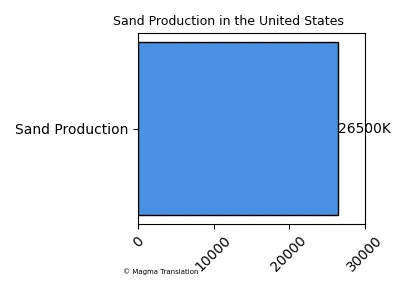
Sand Extraction in China
China has utilized more sand in 3 years than the United States did in the past century. This staggering figure underscores the immense scale of sand extraction in China, primarily fueled by rapid urbanization and construction activities. The country's demand for sand is so high that it has led to significant environmental concerns, including habitat destruction and increased erosion in various regions.
Sand Mining in Vietnam and Cambodia
In Vietnam and Cambodia, around 55 million tons of sand is extracted from the lower reaches of the Mekong River each year. This extraction is nearly double the input from upstream, leading to serious ecological consequences. The sand mining activities in these countries have raised alarms regarding sustainability and the long-term impacts on river ecosystems and local communities.
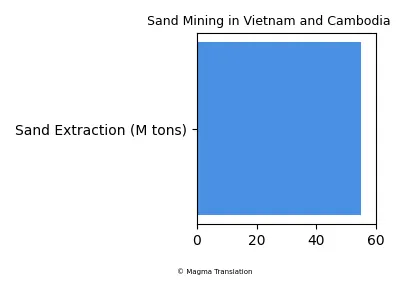
Sand Resources in Australia
Australia is another significant player in the global sand market, with extensive sand deposits used for various purposes, including construction and land reclamation. The country has been known to export sand, particularly to regions facing shortages. The demand for Australian sand has increased due to its high quality and suitability for construction projects, especially in rapidly developing areas.
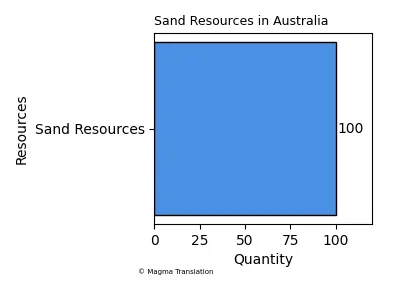
Sand Usage in Singapore
Singapore has created an extra 50 square miles of land thanks to 500 million tons of imported sand. This land reclamation has been crucial for the city-state's expansion, allowing for urban development and infrastructure growth. However, the reliance on imported sand has raised concerns about sustainability and the environmental impact of sand extraction in exporting countries.
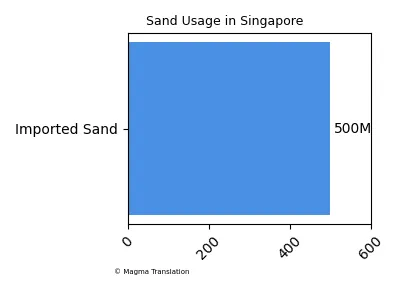
Sand Exports from the Netherlands
The Netherlands is a notable exporter of sand, with exports valued at $182,758,000. The country has a well-established sand mining industry that supports both domestic needs and international trade. The high demand for Dutch sand is driven by its quality and the country's advanced processing techniques, making it a preferred choice for various construction projects.
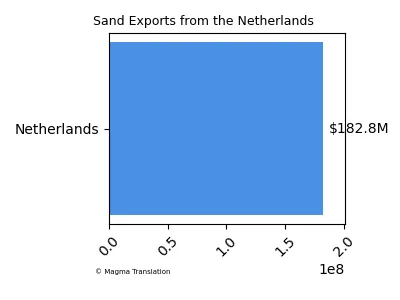
Sand Mining Regulations in India
In India, illegal sand mining generates $2.3 billion a year. This illegal activity poses significant challenges for regulatory authorities and has led to environmental degradation in many regions. The government is working to implement stricter regulations to curb illegal mining and promote sustainable practices in the sand industry.
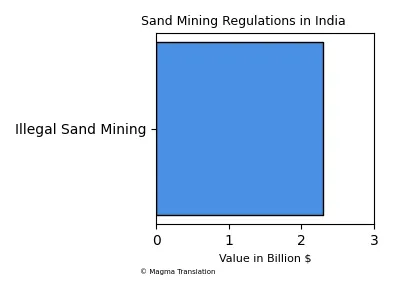
Sand Resources in Namibia
Namibia is home to the Namib Sand Sea, which features some of the highest sand dunes in the world, making it a significant area for sand accumulation. The unique geological formations in Namibia attract researchers and tourists alike, highlighting the country's natural sand resources. The sand dunes also play a crucial role in the local ecosystem, supporting various plant and animal species.
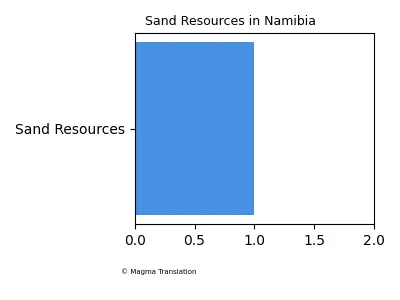
Sand Extraction in the Middle East
Countries such as the United Arab Emirates are forced to spend a lot of money on importing sand, despite having a lot of desert sand available. The demand for high-quality sand for construction projects has led to significant imports, impacting the region's economy and environmental sustainability.
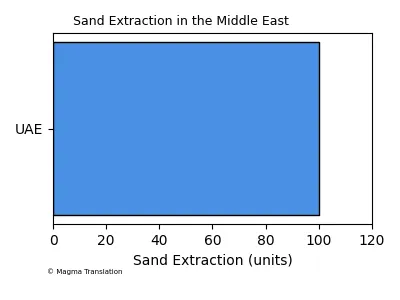
Global Sand Consumption Trends
According to the UN Environmental Program, approximately 50 billion tons of sand are extracted globally each year. This staggering figure reflects the increasing demand for sand in construction and other industries. As urbanization continues to rise, the pressure on sand resources is expected to grow, leading to potential shortages and environmental challenges.
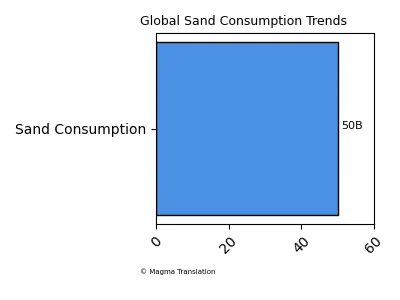
Sand Extraction and Environmental Impact
Sand Mining Regulations in Thailand
In countries like Thailand, it is strictly forbidden to bring sand home, with fines in Sardinia ranging from 500 to 3000 euros. This regulation aims to protect local ecosystems and prevent the depletion of natural sand resources. The government has implemented strict measures to control sand extraction and ensure sustainable practices in the tourism and construction industries.
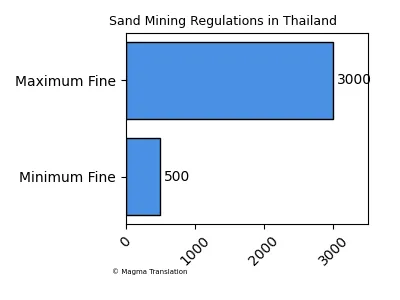
Sand Usage in the European Union
Europe is the largest producer of marine-dredged sand and gravel, with approximately 93.5 million cubic metres of sand removed from European waters in 2012. The Netherlands accounted for about 63 million cubic metres, primarily for coastal replenishment and port expansion. This extensive extraction highlights the importance of marine sand resources for infrastructure development in Europe.
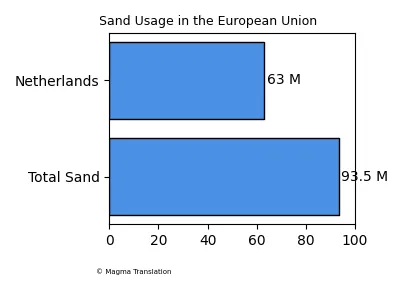
Sand Mining Challenges in Africa
In Benin, the sand motor project involved vacuuming up more than 8 million cubic yards of sand. This initiative aims to combat coastal erosion and protect vulnerable shorelines. However, the challenges of sustainable sand extraction remain, as excessive mining can lead to environmental degradation and loss of biodiversity in coastal areas.
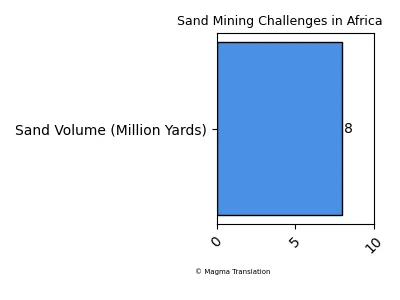
Sand Resources in the Middle East
The largest deposits of tar sands in the world are found in Canada and Venezuela, with additional resources located in various countries in the Middle East. In the United States, tar sands resources are primarily concentrated in eastern Utah, with in-place oil resources estimated at 12 billion to 19 billion barrels. This highlights the significance of sand resources in the energy sector and their potential impact on global markets.
Conclusion
The global demand for sand is rapidly increasing, driven by urbanization and construction needs across various countries. As we have explored, nations like the United States, China, and Singapore are heavily reliant on sand resources, leading to significant environmental concerns and regulatory challenges. Sustainable practices and effective regulations are essential to ensure that sand extraction does not compromise ecosystems or deplete natural resources. Addressing these issues will require international cooperation and innovative solutions to balance development with environmental protection.
